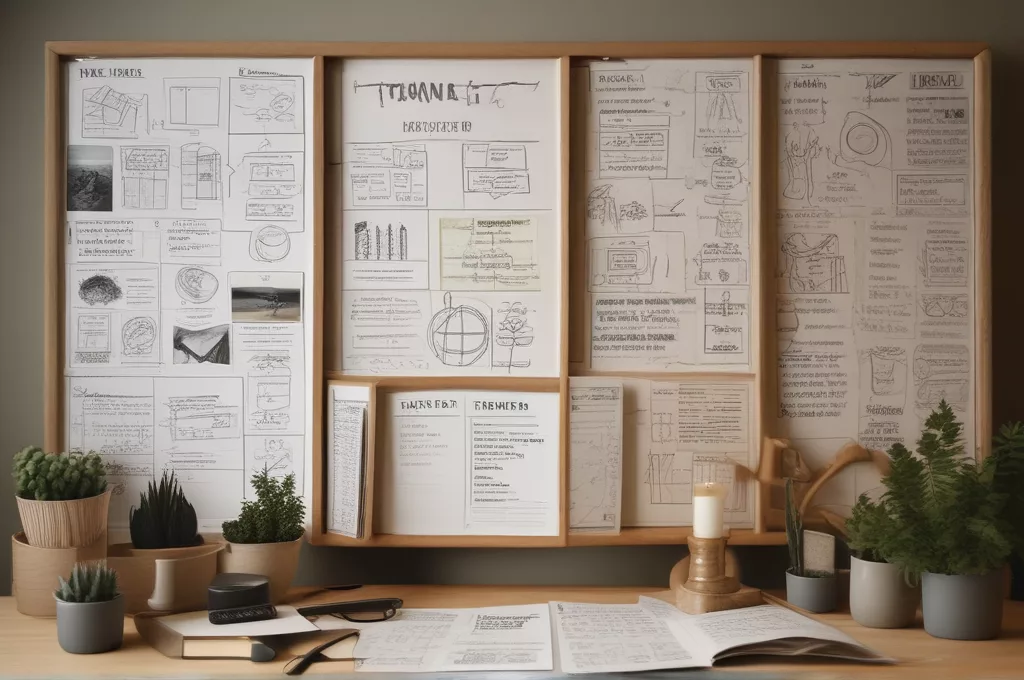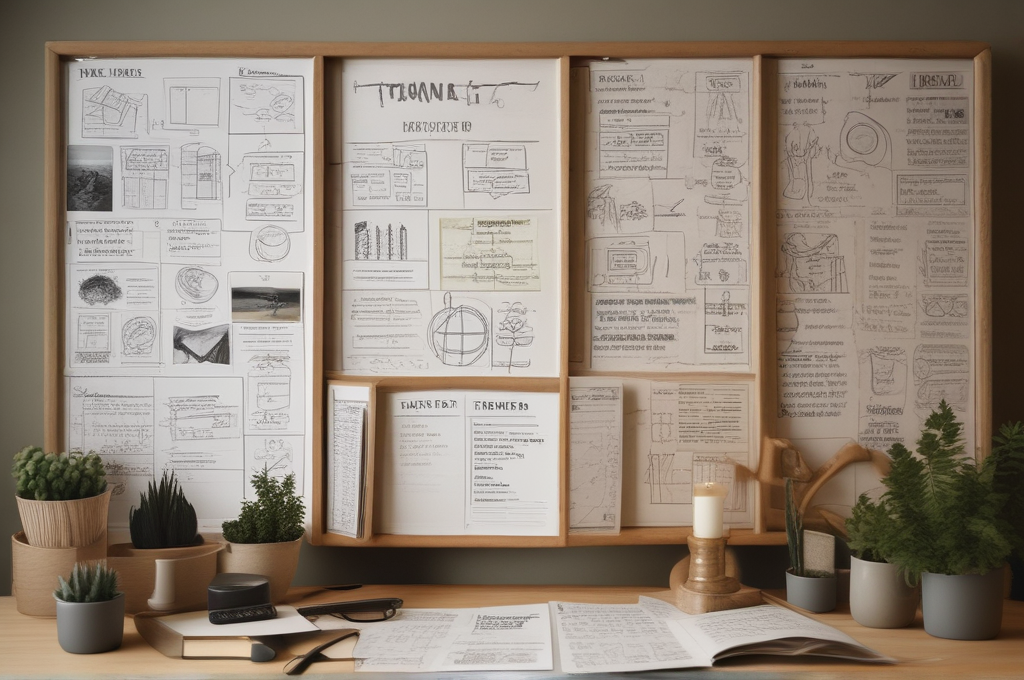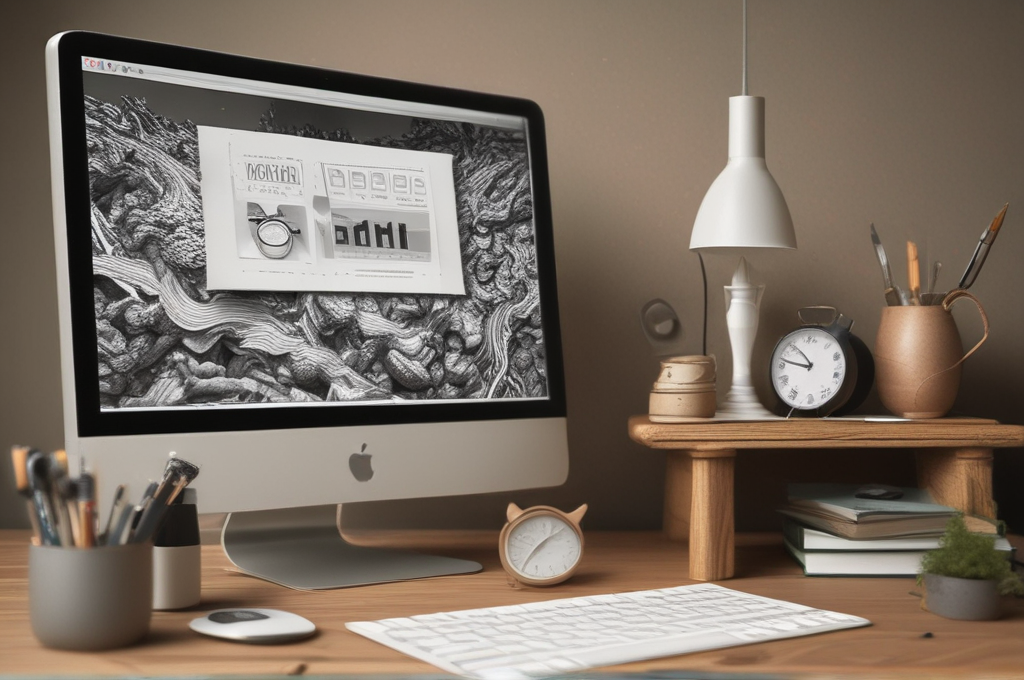
How to Use Visual Boards for Blog Planning
 How to Use Visual Boards for Blog Planning
How to Use Visual Boards for Blog Planning
Have you ever felt overwhelmed by the prospect of creating content for your blog? The thought of coming up with topics, crafting compelling copy, and managing your calendar might have you reaching for the nearest escape hatch. But fear not, for there’s a secret weapon in the battle against blogger’s block: visual boards.
The Importance of Having a Visual Board
Why visual boards are your best friend in blog planning
Visual boards are more than just a pretty way to plan out your blog content; they’re a powerful tool that can help you stay organized, focused, and motivated.
Visual boards work by helping you see the big picture in a more intuitive way. When you’re juggling multiple topics, deadlines, and formats, it’s easy to get lost in a sea of tasks. Visual boards make it possible to visualize and organize these elements, streamlining the planning process and making it easier to prioritize and plan your content.
Here are a few real-life benefits that can help you see how visual boards can make all the difference in your blogging life:
1. Visualize your ideas: Visual boards allow you to turn your ideas into a tangible form, making them easier to understand and communicate.
2. Prioritize your goals: Visual boards help you visualize your long-term goals, making it easier to prioritize them.
3. Motivate yourself: Visualizing your goals and milestones can motivate you to take action and stay on track.
4. Keep your ideas fresh: Visual boards keep your ideas fresh and new, making it easier to stay creative.
Designing Your Visual Board
How to design your visual board for success
Now that we’ve established the importance of visual boards, let’s dive into how you can create the perfect board for your blogging needs. Here are some key elements to consider when designing your visual board:
1. Keep it simple: Visual boards don’t need to be complicated. Stick to the key elements of your plan, and you’ll be able to visualize your ideas more effectively.
2. Use different colors and shapes: Different colors and shapes can help you differentiate between your ideas and goals.
3. Make it visual: Use images, symbols, and icons to help you visualize your ideas and goals.
4. Keep it flexible: Visual boards are meant to be flexible. You can change them as your ideas and goals change.
For example, you might use a simple grid to organize your topics, using different colors to represent the different formats (e.g., list, story, interview, etc.). You might also use icons to represent your key goals and milestones.
Filling Your Visual Board
How to add ideas and goals to your visual board
Once you’ve designed your visual board, it’s time to start adding ideas and goals. Here are a few tips for adding ideas and goals to your visual board:
1. Add a mix of short and long-term goals: Visual boards can help you visualize both short-term and long-term goals.
2. Use different shapes and colors to represent your ideas and goals: Different shapes and colors can help you differentiate between your ideas and goals.
3. Use images, symbols, and icons to help you visualize your ideas and goals: Visual boards can help you visualize your ideas and goals more effectively.
4. Keep it flexible: Visual boards are meant to be flexible. You can change them as your ideas and goals change.
For example, you might use a simple grid to organize your topics, using different colors to represent the different formats (e.g., list, story, interview, etc.). You might also use icons to represent your key goals and milestones.
Keeping Your Visual Board Updated
How to keep your visual board updated and current
A well-maintained visual board is a powerful tool for planning and organizing your content. To keep your visual board updated and current, follow these tips:
1. Review and update regularly: Keep your visual board updated and current by regularly reviewing and updating it.
2. Add new ideas and goals as they come: Add new ideas and goals to your visual board as they come.
3. Remove outdated ideas and goals: Remove outdated ideas and goals from your visual board as they become obsolete.
4. Review and update your visual board as your goals and ideas change: Review and update your visual board as your goals and ideas change.
For example, you might use a simple grid to organize your topics, using different colors to represent the different formats (e.g., list, story, interview, etc.). You might also use icons to represent your key goals and milestones.
The Benefits of Using Visual Boards for Blog Planning
The benefits of using visual boards for blog planning
Visual boards are a powerful tool for planning and organizing your content. They can help you visualize your ideas, prioritize your goals, and stay motivated. Here are a few benefits of using visual boards for blog planning:
1. Visualize your ideas: Visual boards make it easier to turn your ideas into a tangible form, making them easier to understand and communicate.
2. Prioritize your goals: Visual boards help you visualize your long-term goals, making it easier to prioritize them.
3. Motivate yourself: Visualizing your goals and milestones can motivate you to take action and stay on track.
4. Keep your ideas fresh: Visual boards keep your ideas fresh and new, making it easier to stay creative.
Visual boards are a powerful tool for planning and organizing your content. By using visual boards, you can turn your ideas into a tangible form, visualize your goals and milestones, and stay motivated. Visual boards can help you stay organized, focused, and motivated, making it easier to create great content for your blog.
To take action, start by designing your visual board. Keep it simple, use different colors and shapes, and make it visual. Add ideas and goals to your visual board, and keep it updated and current. Review and update your visual board as your goals and ideas change. With a little practice, you’ll find that visual boards can help you plan and organize your content more effectively, making it easier to create great content for your blog.
You May Also Like

Low-Cost Tools Every Blogger Should Use
June 5, 2025
Unlock Your Blogging Potential: A 2025 Guide to Starting a Profitable Blog
May 12, 2025


